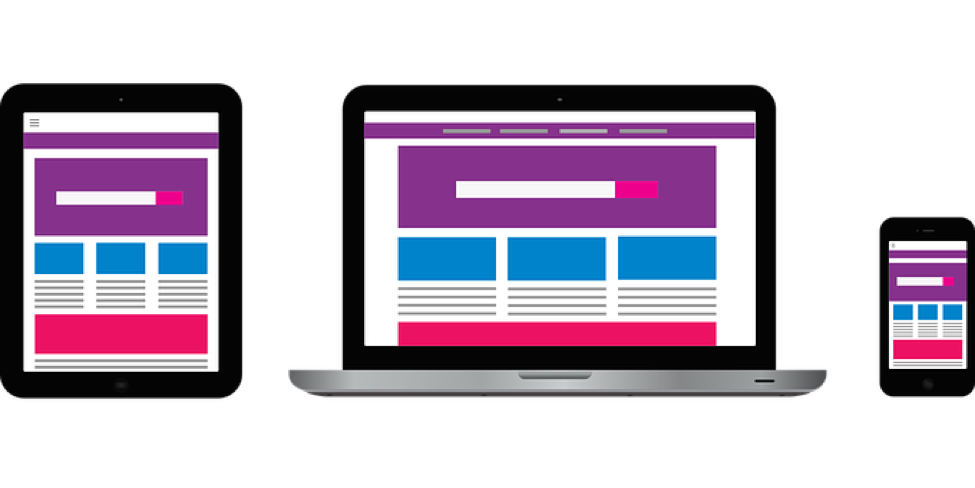Mobile app localization is a must if you want to reach a global audience and increase your number of users. To enter an international market, you should think about localization before you plan for any other marketing initiatives.
The marketplace is truly global in the world of apps. If you are not thinking of localization, you are weakening your chances of taking your app beyond your locale. More than half of the world’s total mobile subscribers are from the Asia-Pacific region. Not offering in their native languages will significantly reduce your downloads.
In a recent study titled “The Impact of App Translations” by Distomo reveals that companies who worked on localizing their iPhone apps saw a significant increase (128% more) in their downloads. It is essential to localize your app for every market you intend to penetrate.
In this article, we’ll present six simple but handy tips for mobile app localization. You can use these tips for both iOS and Android apps.
Define Your Mobile App Localization Strategy
Before you start planning to localize for an international market, you should define an excellent mobile app localization strategy. This is important because it will ensure that your localization efforts will give you the desired results.

How do you decide the list of languages you wish to support? You cannot make that decision based on what’s popular or what’s convenient for your team. Your target users may not be from one of those regions, or even if they are, they may not speak that language.
For example, if your app targets the urban youth in countries like India, then most of them may prefer English to their native language. Your time and resources spent on localizing would end up delivering negative results.
Study your target market, your buyer persona and then plan your localization. Consider creating tailored features (sometimes referred to as ‘deep localization’). The time spent on defining your strategy is well spent!
Plan For Localization Before You Design Your App
Localization shouldn’t be an afterthought or something that you plan to do but not prepare for until the final stages of your app development. You’ll be surprised at the number of issues cropping up at the end. Localization errors may have a negative impact on your target audience.
You should start thinking about localization (and planning for it), during the early stages of your app design. To enable your app for supporting multiple languages, design your app accordingly.
You should follow a process called “internationalization” that encompasses several practices to enable easy localization. Internationalize your app before you localize it.
Localization is the actual process of translating into different languages. Whereas, internationalization is the process of setting up your app for adapting to various locales. An “internationalized” app can be easily “localized,” and will be as good as a native app.

For an iOS app, refer to Apple’s “Internationalization and Localization Guide” and for an Android app, check out Google’s “Localization Checklist.”
Choose A Good Localization Services Provider
Localization may not be your forte. Leave it to the specialists and focus on how to design and develop a great app. Localization is best done by a service provider who specializes in the area. They have the tools, experience and resources to do it quickly and efficiently.
While choosing your localization service provider, don’t make a decision based on just who’s No.1 in the market or who charges the least. Your localization project’s success depends on the reliability of your service provider and how well they fit into your business goals.
Some questions to ask your shortlisted providers are:
- Do you have sufficient experience in mobile app localization? Tell us about your projects in the past?
- What are the localization tools and platforms you use?
- Are your translators proficient in translating app content?
- How quickly can you deliver your translations?
- What is your quality control process?
Choose a translation partner who suits your expectations. Spend your time focusing on your app design, marketing and customer support
Provide Context To Your Translators
You may know everything about your app, the interface, and the functionalities. But your translators don’t. They need “context” to translate accurately, and you should provide them with that.
A word may hold different meanings based on the context. “Context-dependent interpretation” of words is important to not lose the original meaning in translation. There’s no such thing as “stating the obvious” while providing context for translation.
When sending your resources for translation, provide adequate context. Help them understand where those translated words would fit and what they would convey. They can be more productive and efficient.
Test Your Localized App Thoroughly
After you receive the translated resources, integrate them into your app and test them rigorously. You have to check every screen to ensure the layout is not affected. Use a test environment that offers multiple virtual devices and screen sizes.
Translated strings may affec t your line wrapping, boundaries, line breaks, etc. If required, you may have to redesign the layout to suit the translation.
t your line wrapping, boundaries, line breaks, etc. If required, you may have to redesign the layout to suit the translation.
You should hire a localization app tester who is fluent in the language. Your app tester should catch all localization issues including UI issues, untranslated strings, errors and unnatural translations.
Include App Store Optimization (ASO) In Your Plan
App Store Optimization is about optimizing the content you provide on App Store and Google Play, to get better visibility and rank higher in search results.
You should include ASO in your localization plan because you have to ensure that you are optimizing for the correct search terms in the region you target.
Study the local market and understand the search behavior of your users in that region. Finalize a list of keywords based on your study, and optimize your app name, subtitle, description and keywords.
As of today, App Store is available in more than 150 countries, and Google Play is available in 145 countries. By localizing your app and offering a relatable user experience to your non-English speaking audience, you are going to find an increase in downloads and therefore ROI.
Following the above tips when working on your mobile app localization will help you reach your localization goals easily and quickly. If you’re interested in learning more about localizing your mobile app, submit a request to us using our contact form.






